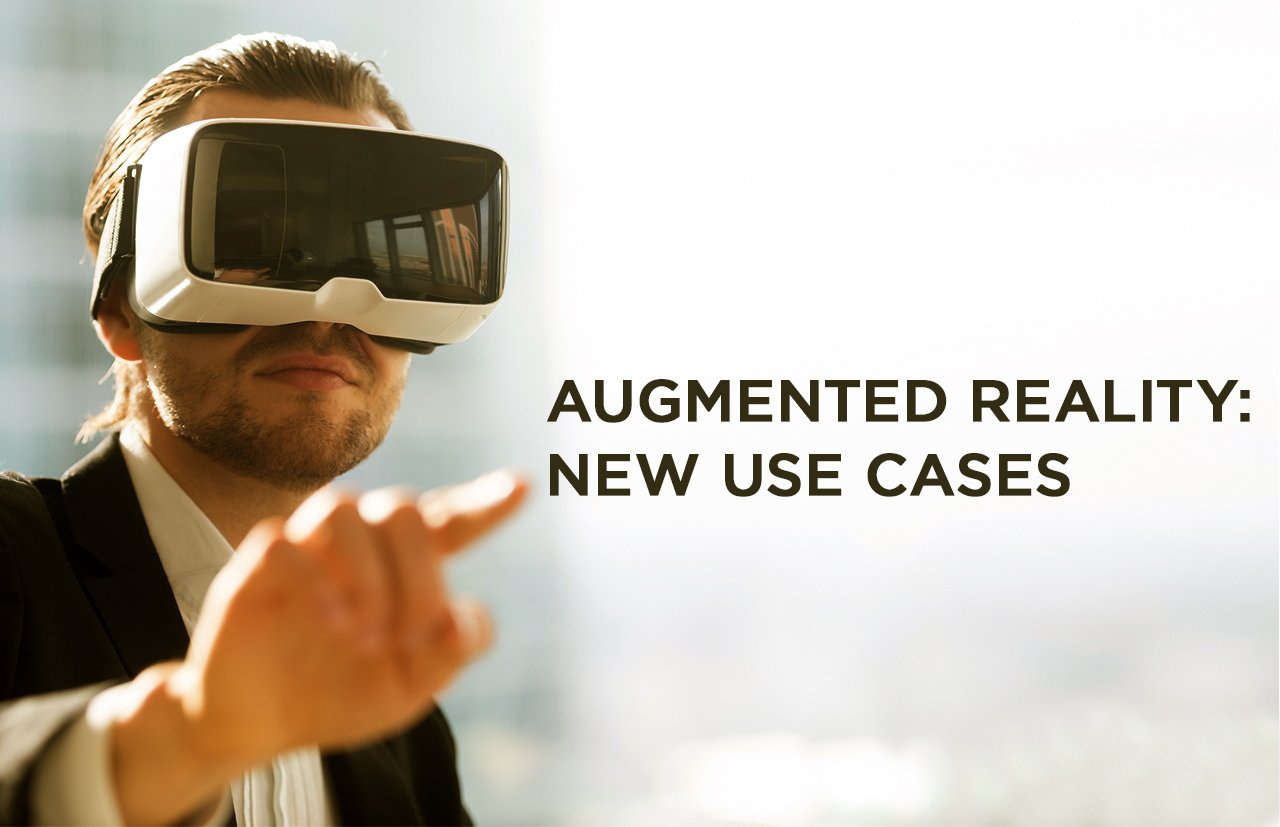AR is gaining ground across sectors such as gaming, education, retail, healthcare, automotive, manufacturing, real estate and fashion.
The COVID-19 pandemic has impacted businesses across sectors, globally.
Enterprises - both large and small – are leaning more towards digitization and becoming heavily reliant upon the adoption of interactive technologies such as Virtual reality (VR) and Augmented Reality (AR) to ensure business continuity, engage with consumers, and deliver seamless experiences.
When we look at Augmented Reality, sectors such as gaming, education, retail, healthcare, automotive, manufacturing, real estate, fashion, and beauty, etc., are seriously integrating their business processes with this immersive technology, responding to the challenges of COVID-19.
Though AR technology was touted as the next big thing a decade ago, the use of AR applications involved a huge cost then, with very few companies delivering 3D technology. Today, many companies are providing 3D technology as well as new business models. This has certainly provided a great impetus to the adoption of this technology.
AR helps you transform your business processes by combining interactive 3D imaging, sensors, and virtual tours. A growing number of fashion retailers, automotive dealers, furniture brands, and construction companies already have AR-enabled solutions in place. From product visualization, virtual trials of clothing, or augmented gaming experience, this reality technology is fast catching up in the COVID-19 scenario.
According to a report from Allied Market Research, the market size of AR and VR market will be $571.42 billion by 2025. “The major factors that are anticipated to drive the AR and VR industry include expansion in the gamer community, increase in smartphone penetration, and cost-efficient benefits of augmented and virtual reality-based solutions,” the report says.
When we look at retailers, AR applications have become a must to engage with their customers. The virtual ‘try-before-you-buy’ option is re-defining the shopping experiences of customers. From previewing furniture, automobiles, ready-to-move-in homes, jewellery, and beauty products, AR will act as a bridge connecting retailers and consumers.
Further, AR has been disrupting the way companies are planning and executing their digital content offering and marketing campaigns as well. Even for start-ups, these extended reality technologies have become affordable and accessible to be enabled into their sales and marketing strategies, with a strong focus on getting optimised turnaround times. However, for every use case, the RoI must be clearly defined.
With these extended reality technologies transforming the way businesses are done, CXOs have understood that it will undoubtedly change the way they can serve their customers, design, and create new products. It not only helps the customers in making an informed decision, but it also takes the demonstration value to its next level.
More and more brands are seeing value in investing in AR technology as it helps their customers make better and more informed product decisions without being physically present—which is exactly what the global pandemic has compelled brands to achieve.


